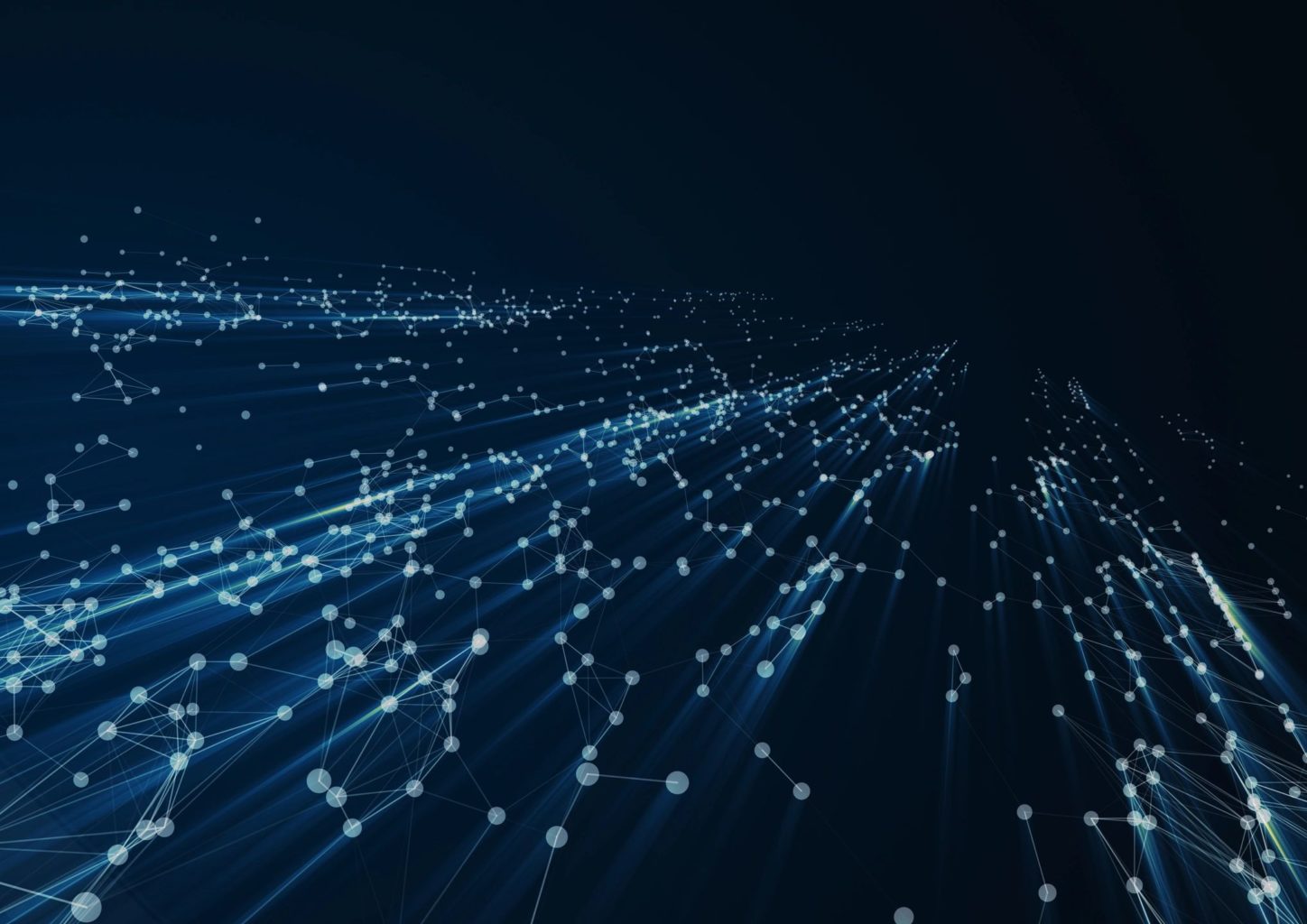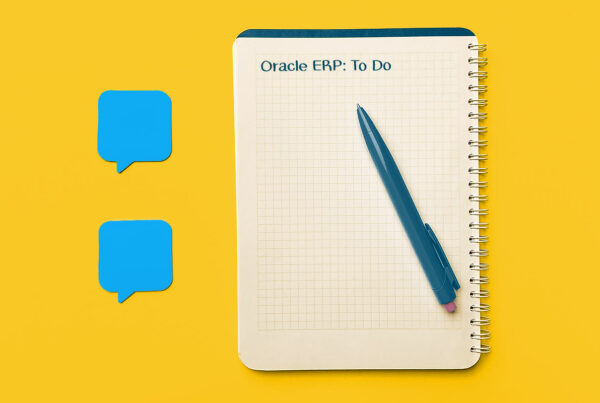Estimated Reading Time: 4 Minutes
STEM fields have been an arena traditionally controlled by men, something which has drawn a lot of attention and criticism in recent years (and rightfully so). Amongst the many issues of equity there lay the underpinning statistics of an imbalanced world. According to the National Science Foundation, women are half of the total U.S. college-educated workforce, but account for only 29% of the science and engineering workforce. In addition, social science and biological, agricultural and environmental life sciences share a high percentage of women (62% and 48% respectively) but only 15% of engineering and 25% of mathematical sciences workers are women. It should be noted that an imbalance exists across several industries (women are vastly overrepresented in health and social services at 79% of the workforce) so why the focus on STEM?
With the advent of the Digital Age, STEM (especially technology), as a field of work and study, is booming. It’s an exciting area of thought with promises of innovation, charismatic pioneers, daunting but exciting challenges and an abundance of promise. A promise that for many years was fundamentally denied to women. Challenges still remain, however hope can be found in quite a few things, one of which we were reminded about last week as President Obama awarded Margaret Hamilton the Medal of Freedom.
You may know who Margaret Hamilton is, however I did not. I, and most of my peers, know who Buzz Aldrin and Neil Armstrong are. I know the Apollo missions, and I know Tom Hanks was in Apollo 13. I also know of conspiracy theories claiming the lunar landing was fake, but somehow I didn’t know who Margaret Hamilton is, and without her, Apollo 11 may not have landed at all.
Margaret Hamilton was born in Indiana, and after graduating from Earlham College in 1958 with a B.A. in mathematics, she took a position at MIT. Back then, the term “software engineer” didn’t exist. Computer programmers learned through trial by fire and Hamilton was no exception. She was involved with developing software on early computers such as the Librascope LGP-30, Digital Equipment Corporation’s PDP-1 and the largest computer system ever built, the AN/FSQ-7, used in the U.S. Air Forces SAGE air defense network during the Cold War. If you didn’t recognize a single one of those computers don’t worry, I didn’t either—the important take away is that she was working on cutting-edge equipment for very important programs. Her efforts and undoubtable skill made her a candidate for a position at NASA as the lead developer for the flight software on the Apollo missions, a position which she got.
The flight software for the Apollo 11 mission was instrumental to its success, especially the error detection and recovery software that Hamilton designed and developed. Just before the landing module was about to reach the moon’s surface, Hamilton’s software played a critical role in allowing the computer to cope with an overload of warning alarms and signaling to the astronauts and mission control that they could proceed with the landing.
She went on to become a successful entrepreneur and CEO in the software industry, cementing her legacy as a challenger to the male-dominated field of technology and working to legitimize the phrase “software engineering.” Truly a pioneer and brilliant engineer, Margaret Hamilton should be better known.
That I did not know who she was might signify my lack of knowledge in STEM history. However, it seems wrong that other members of the Apollo missions are far better known or that most Americans are probably aware of Tom Hanks’ role in Apollo 13, but many are unaware of the role Hamilton played in the mission. It signifies a lack of celebration around female innovators and tech pioneers of both genders who don’t get as much air-time as they should.
We still have a long ways to go in STEM, but President Obama recognizing Margaret Hamilton’s tremendous contribution to the STEM field is an important moment; one that should inspire us to recognize the incredible achievements of other women in STEM and one that will hopefully inspire young women who are dreaming of becoming scientists, engineers and mathematicians.





